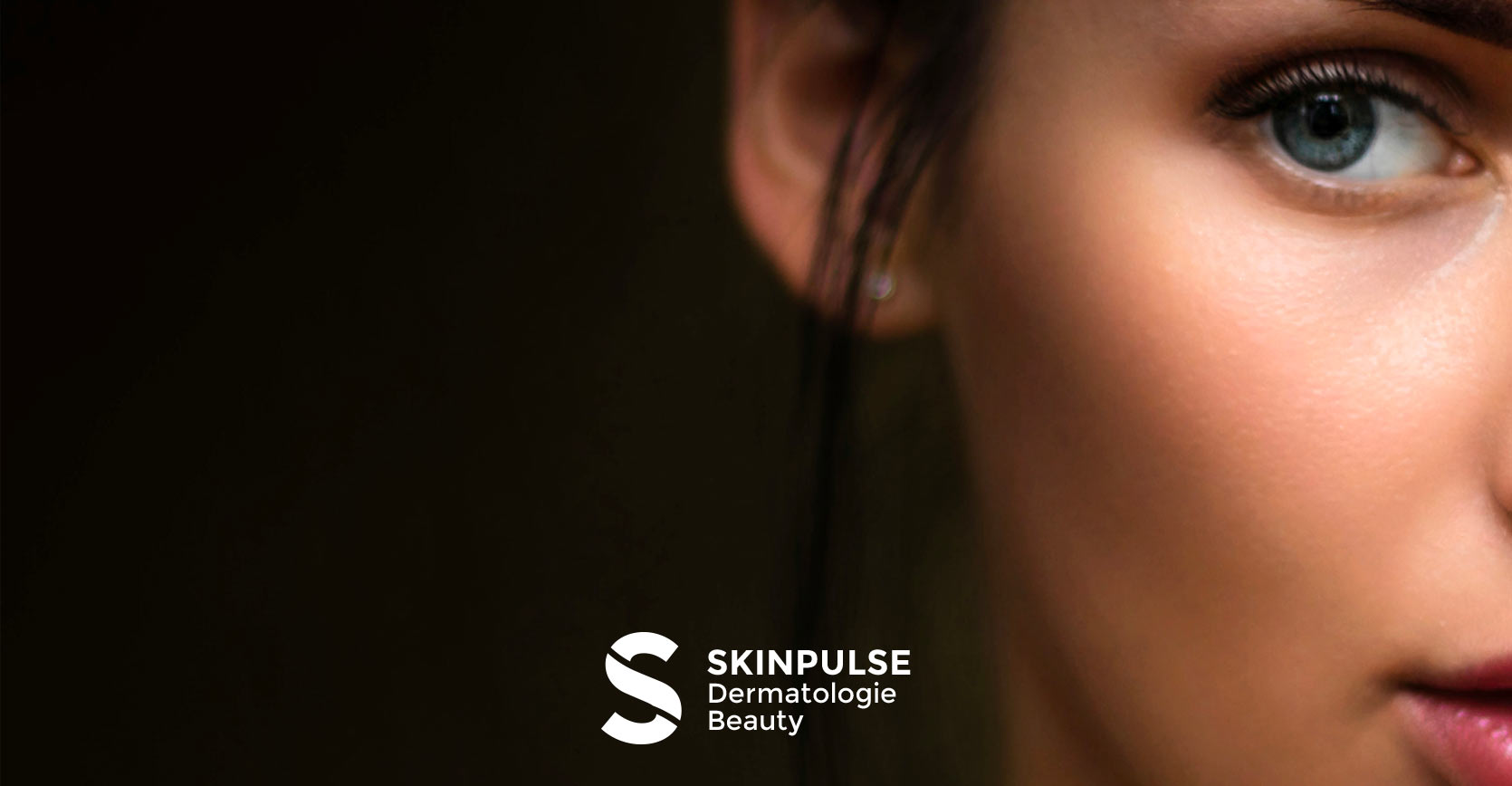ACNE AND CONVENTIONAL TREATMENTS

Acne vulgaris is a common and frequent condition in the general population.
The most common form is adolescent acne, which usually begins around puberty. It is estimated that 90% of the adolescent population has acne of various severity.
The psychological repercussions of this condition are variable but can greatly alter the quality of life of patients with sometimes a real alteration of self-image, mood disorders and an impact on social relations.
The duration of the condition varies between individuals and their family history, sometimes with later development of some forms in young women due to the involvement of female hormones.
The clinical presentation is variable, generally with the association of hyperseborrhoea (oily skin), and several lesions ranging from open and closed comedones to papulopustules.
The most severe form is called nodulocystic acne or acne conglobata which, if not treated quickly, will be accompanied by scarring in adulthood.
Other forms of acne can be seen under certain conditions: adult acne rosacea, drug acne, exogenous acne due in particular to the application of unsuitable cosmetics and hormonal acne.
Therapeutic management must be personalized and depends on the severity of the clinical presentation, but also on the specific requests of patients, often minors, and their families.
The treatments are to be carried out over time and should be adapted to the evolution of the acne.
External treatments combine different molecules for greater effectiveness in the form of soap, creams or gels.
Internal treatments, excluding hormonal treatment, are mainly:
Courses of antibiotics from the tetracyclines family, which have a narrow therapeutic range.
Treatments last two to four months but may be repeated if further treatment is necessary.
Finally, the most effective and only curative treatment, in 80% of cases, is Isotretinoin.
This molecule derived from Vitamin A is reserved for the most serious cases or for patients with whom other treatments have failed. It is a major treatment that has many contraindications and must be carried out under strict medical supervision.